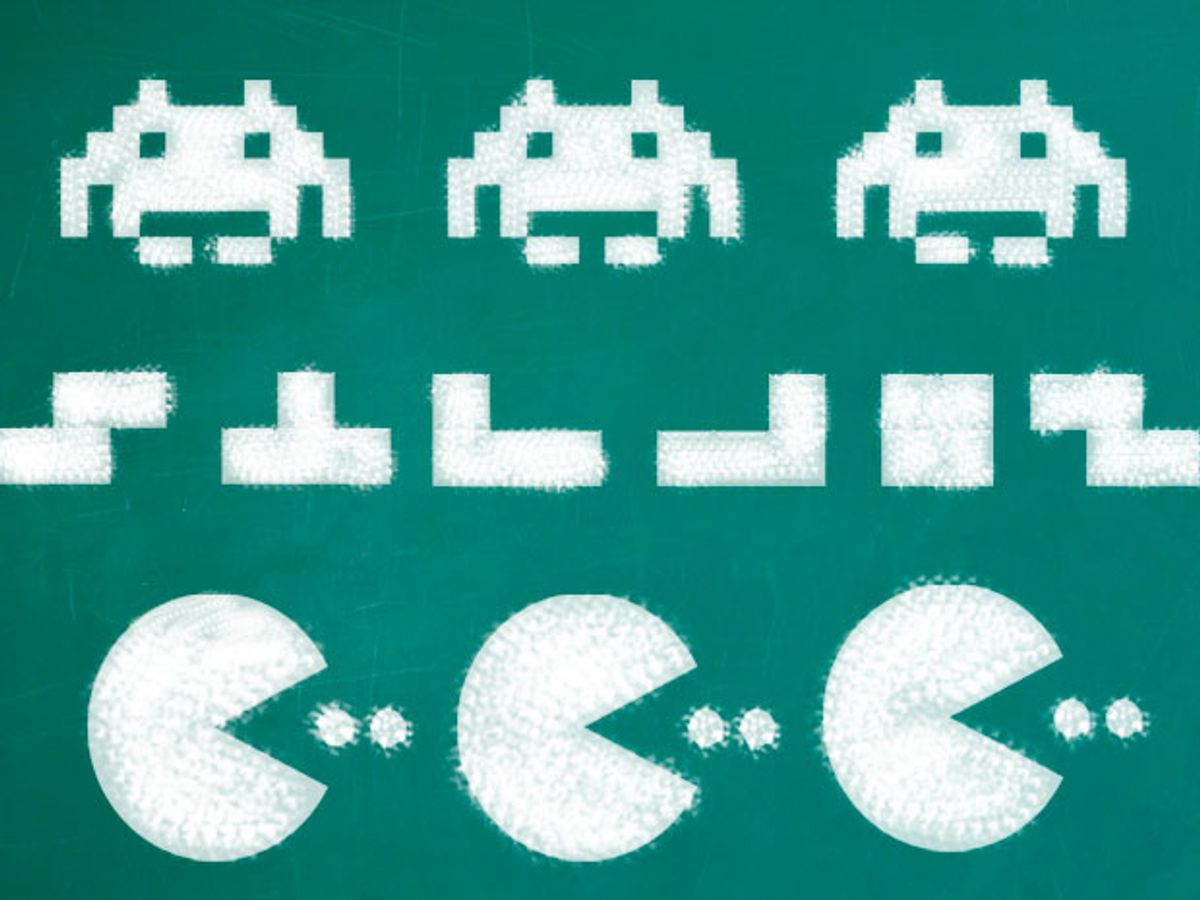I loved the first wave of videogames—Centipede, Missile Command, PacMan, and Q*bert. Today’s first-person shooters, not so much. So maybe that’s why I can’t help noticing that researchers have been dipping back into the classic past of videogames for inspiration and more.
In the most recent repurposing of a classic videogame performed at Stanford University, researchers slightly tweaked Space Invaders in order to help students perform better in a college-level statistics course. The researchers in Stanford’s Graduate School of Education adjusted Space Invaders' waves of alien attackers to reflect different statistical distributions—a normal bell curve, for example, or a skewed distribution with a long tail on one side or another. After playing a round, the game presents a choice of curves, and asks the player to pick the one that best reflected the game play.
A group of students took a short test on probabilities, then played the game for less than half an hour. Some were then asked to read a short text explaining probability distributions. Half of the members of a control group who did not play the game also read the explanation. The researchers found that the students who played the game before reading the text improved their scores 15 percent more over their pretest scores than those who had simply read the text. (However, playing the game and not doing any reading didn't help much.) The researchers concluded that the brief game experience served as "preparation for future learning." These are enough results that I'd certainly give my teen a free pass to play a little Space Invaders when he's taking statistics.
Meanwhile, over at Stanford’s bioengineering department, scientists are using paramecia to play Pacman, Pong, and other games by steering them with electric fields. Long term, they believe the ability to play biological games could impact healthcare and medical research.
Stanford is not alone in looking to classic games for use in scientific research. Oxford University has used Tetris in PTSD research and McGill University researchers are using it to treat lazy eye. Washington State is training robots to teach each other how to play PacMan. Super Mario pops up in brain research. And in an effort to encourage videogames in research, the University of Wisconsin-Stout has set up a lab stocked with early game systems open to all students for research—and recreation. I can only hope that Stanford will follow suit, I’d be happy to play a few rounds of Centipede in the name of science.
Tekla S. Perry is a senior editor at IEEE Spectrum. Based in Palo Alto, Calif., she's been covering the people, companies, and technology that make Silicon Valley a special place for more than 40 years. An IEEE member, she holds a bachelor's degree in journalism from Michigan State University.




